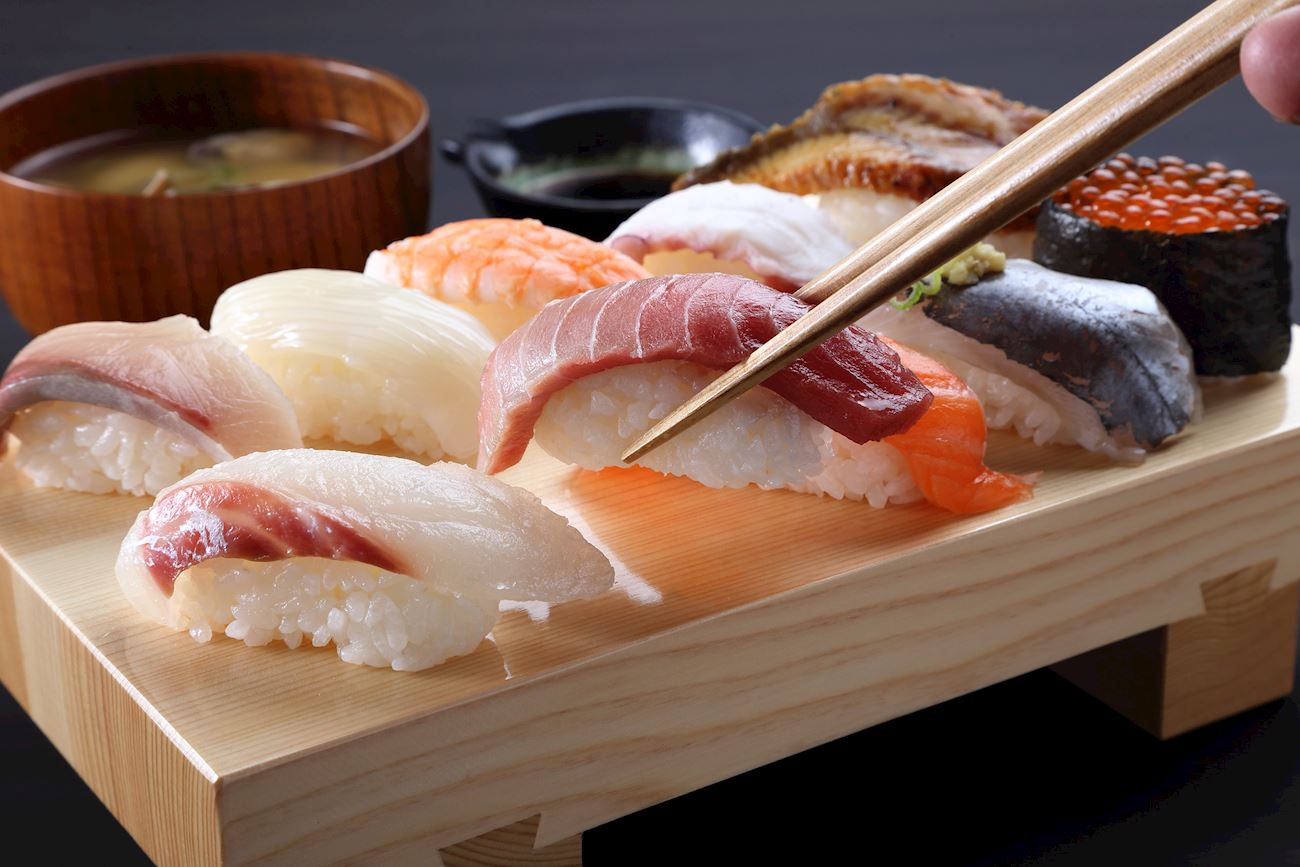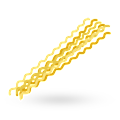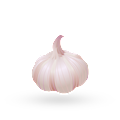TABLE OF CONTENTS
Best Kanto Foods
MAIN INGREDIENTS
Yokohama-style ramen or iekei ramen is a Japanese type of ramen originating from the Yokohama area and dating back to 1974. The dish consists of thick noodles and a stock that's a mix of creamy tonkotsu (pork broth) and soy sauce. The toppings include chashu pork, chopped seaweed, leeks, and spinach.
There are also optional toppings and condiments such as minced garlic, sesame, preserved vegetables, and black pepper. The name of the dish means home-style ramen, and it was created by a former truck driver called Mr. Yoshimura, who'd opened his own ramen shop in 1974.
OTHER VARIATIONS OF Ramen
Nigiri or nigirizushi is a special kind of hand-pressed sushi where the meat is sliced and pressed on top of sushi rice. It was developed in Tokyo (then called Edo) during the 1800s. Sometimes, nori seaweed is used to wrap the whole concoction and keep it together.
The topping is usually seafood such as shrimp, tuna, haddock, or eel, and it should always be fresh and of the highest quality. Traditionally, nigirizushi is paired with shiso leaves, wasabi, soy sauce, or pickled ginger. It is sometimes garnished with daikon and salted seaweed.
OTHER VARIATIONS OF Sushi
MOST ICONIC Nigiri
View moreGyūdon is one of the most popular and inexpensive fast food dishes in Japan. Its name can be literally translated to beef bowl. The dish consists of beef and onions served over a bowl of rice. Beef and onions are cooked in a combination of mirin, sugar, sake, and soy sauce, imparting a salty-sweet flavor to the dish.
In the restaurants, known as gyūdon-ya, there is often pickled red ginger and red chili at the table, so anyone can season their dish according to personal preferences. The restaurants are often frequented by numerous hungry students who eat on a budget, and some of those restaurants are open 24 hours a day.
OTHER VARIATIONS OF Donburi
MAIN INGREDIENTS
A specialty of the Japanese Kantō region known as monjayaki is pan-fried batter, a type of pancake consisting of wheat flour (komugiko) and fish broth (dashi). The pancake is mixed with cabbage, seasonings, and other ingredients, cooked until it is crispy on the bottom and partially cooked on the surface.
The dish first became popular after World War II, when food was scarce, and the combination of dashi and komugiko provided an inexpensive way for numerous families to eat. Originally, monjayaki is derived from funoyaki, a batter-only snack that was often served during Buddhist ceremonies.
MOST ICONIC Monjayaki
View moreMAIN INGREDIENTS
Taiyaki is a Japanese fish-shaped cake that is often consumed as a snack, made from flour and filled with azuki sweet bean paste. It is usually served warm and is often found at most taiyaki stands at any winter festival in Japan. Most people believe that this sweet treat originated in Tokyo during the Meiji era, but taiyaki became extremely popular in 1976 with the emergence of a beloved children's song called Oyoge!
Taiyaki-kun (Swim! Taiyaki). It is said that the best taiyaki is characterized by a crisp shell that has been baked to a golden brown color, and although there are many different flavors and varieties of taiyaki today, the basic taiyaki still remains a favorite.
OTHER VARIATIONS OF Wagashi
MOST ICONIC Taiyaki
View moreYokosuka navy curry is a variety of Japanese curry prepared with a combination of beef, chicken, potatoes, onions, and carrots. The ingredients are cooked in a pan and thickened with a roux consisting of curry powder and flour. The dish is always accompanied by rice, while traditional sides include a salad and a glass of milk.
This curry type is so popular that upon arrival at Yokosuka navy base, visitors are greeted by a statue of a seagull holding a big plate of this delicious curry.
OTHER VARIATIONS OF Curry
MAIN INGREDIENTS
The round, golden brown anpan is a popular Japanese pastry which consists of a wheat bun that is usually filled with sweetened red bean paste. Traditionally garnished with poppy or black sesame seeds, anpan is a delightful combination of the sweet filling, soft interior, and a crispy crust.
This incredibly popular snack was invented in 1875 by a former samurai, Mr. Kimura, who turned to baking and established the legendary Kimuraya bakery. His invention was an instant hit, and to this day anpan buns remain as one of the most famous Japanese pastries.
VARIATIONS OF Anpan
A highly caloric staple of the sumo wrestlers' diet, chankonabe is a rich stew consisting of dashi, sake, chicken or fish, and vegetables such as daikon and bok choy, although the dish has no fixed recipe and usually contains readily available ingredients that are full of protein.
The dish is often served with rice, beer, and side dishes such as fried chicken and shrimp dumplings. Chankonabe dates back to the late 19th century, when cooks from Niigata started to make meals for sumo wrestlers. It is the main course of a sumo meal, and all the wrestlers have to eat it as a part of their weight-gain diet, whether they like the dish or not.
OTHER VARIATIONS OF Nimono
MOST ICONIC Chankonabe
View moreMAIN INGREDIENTS
Menchi katsu is a traditional dish and a type of katsu. This ground meat cutlet is made with a combination of ground beef, ground pork, onions, panko breadcrumbs, oil, eggs, milk, black pepper, and nutmeg. Once shaped, the patties are dredged in flour, beaten eggs, and panko breadcrumbs, then fried in hot oil until golden and crispy.
The dish is usually served with white rice, miso soup, and the thick and tangy katsu sauce on the side. Menchi katsu originated in Tokyo and it dates back to the Meiji Era. Nowadays, some of the best menchi katsus can be found at butcher shops, where they use the freshest meat to form the cutlets.
OTHER VARIATIONS OF Agemono
MAIN INGREDIENTS
Kaminari-okoshi, often called merely okoshi, is a popular Japanese confectionery, similar to rice crispy treats. The main ingredient in okoshi is expanded rice, created by roasting rice grains until they pop. A mix of sugar and butter or corn syrup is used to hold the rice together, and after the additional ingredients have been added, the mixture is formed or pressed in trays, left to dry, then cut into square shapes.
This crispy Japanese treat first appeared during the mid-Edo period in Japan and was primarily sold by street vendors in the vicinity of Buddhist temples in Asakusa, one of the districts in Tokyo. Originally, peanuts were added to enrich okoshi, but modern versions also include other nuts, dried fruit, chocolate, or sesame seeds, along with other exotic and interesting flavors such as matcha green tea or caramel.
TABLE OF CONTENTS
Best Kanto Food Producers
Teaholics is a Japanese company specializing in the sale and distribution of high-quality teas from around the world. Founded with the goal of providing an exceptional tea experience, Teaholics offers a diverse range of teas, including popular varieties such as black, green, white, oolong, and yellow tea, as well as herbal infusions and specialty blends.
One of Teaholics' key features is its commitment to quality. The company strives to ensure that each tea it sells is carefully selected and tested to meet high standards. Quality is further ensured through collaboration with renowned producers and tea farms that use traditional processing methods and take great care in cultivating the tea plants.
AWARDS

Great Taste Awards - 2 stars
2023, 2022, 2021

Great Taste Awards - 3 stars
2022, 2021
BEST Teaholics Teas and Herbal Infusions
AWARDS

Academy of Chocolate - Gold
2022, 2020

International Chocolate Awards - Gold
2018

International Chocolate Awards - Silver
2022, 2020, 2017
BEST Chocolatier Palet D'or Chocolates
AWARDS

International Chocolate Awards - Gold
2022, 2020

International Chocolate Awards - Silver
2023, 2022, 2020, 2018, 2017

International Chocolate Awards - Bronze
2022, 2020, 2018, 2016
BEST Musée Du Chocolat Théobroma Chocolates
AWARDS

International Chocolate Awards - Gold
2017, 2015

International Chocolate Awards - Silver
2017, 2016, 2015

International Chocolate Awards - Bronze
2016, 2015
BEST Le Chocolat De H Chocolates
AWARDS
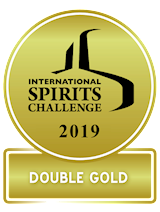
ISC-International Spirits Challenge - Double Gold
2020, 2019

ISC-International Spirits Challenge - Gold
2024

ISC-International Spirits Challenge - Gold trophy
2020
AWARDS

ISC-International Spirits Challenge - Double Gold
2024

ISC-International Spirits Challenge - Double Gold
2023, 2022, 2021, 2019

IWSC- International wine & spirit competition - Spirit Gold
2024
BEST Suntory Liquors Limited Spirits
AWARDS

ISC-International Spirits Challenge - Double Gold
2020

ISC-International Spirits Challenge - Gold
2024
BEST VentureWhisky Ltd. Spirits
AWARDS
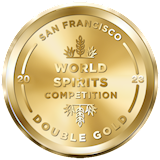
SFWSC - San Francisco World Spirits Competition - Double Gold
2023

ISC-International Spirits Challenge - Double Gold
2023

IWSC- International wine & spirit competition - Spirit Gold Outstanding
2024
BEST CHIE IMAI Group Spirits
PRESQÙîLE chocolaterie is a chocolate producer based in Tokyo, Japan. They specialize in handcrafted chocolates with a focus on quality ingredients and innovative flavors. The company emphasizes sustainability and ethical sourcing in its production process.
They offer a variety of products, including chocolate bars, truffles, and seasonal items. PRESQÙîLE chocolaterie often collaborates with local artisans and designers to create unique packaging and limited-edition products.
TABLE OF CONTENTS
Best Kanto Food Products
AWARDS
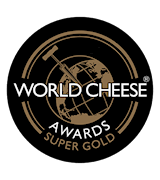
World Cheese Awards - Super Gold
2023
AWARDS

SFWSC - San Francisco World Spirits Competition - Double Gold
2023

ISC-International Spirits Challenge - Double Gold
2023
AWARDS

ISC-International Spirits Challenge - Double Gold
2020

ISC-International Spirits Challenge - Gold
2024
AWARDS

ISC-International Spirits Challenge - Double Gold
2020, 2019
AWARDS

Academy of Chocolate - Gold
2022
Hokkaido Milk 50% with Taiwan Cacao made by Heartnokomichi is a chocolate product that combines premium ingredients from two distinct regions. Hokkaido Milk, known for its rich and creamy texture, is sourced from the Hokkaido region in Japan. The cacao used in this product is sourced from Taiwan, which is admired for its high-quality cocoa beans that contribute to a unique and refined flavor.
The chocolate contains 50% cacao, offering a balanced taste profile that harmonizes the richness of the milk with the aromatic notes of the Taiwanese cacao.
AWARDS

Academy of Chocolate - Gold
2023
AWARDS

International Chocolate Awards - Gold
2022
The "Kito Yuzu" creation by Presqùîle Chocolaterie combines the vibrant, citrusy flavor of Kito Yuzu—a Japanese yuzu variety—with the rich, smooth texture of fine chocolate. The use of this yuzu, known for its aromatic peel and refreshing tartness, highlights a balance between the chocolate's richness and the yuzu's zesty, floral notes.
This blend creates a distinctive and elegant treat, celebrating Japan's culinary heritage. The inclusion of this specific citrus fruit reflects a dedication to high-quality, locally sourced ingredients.
AWARDS

International Chocolate Awards - Gold
2023
AWARDS

International Chocolate Awards - Gold
2022
L'essence du cacao Mexico xoconuzco Ancestrales 70% by Chocolatier Palet D'or is a refined chocolate product known for its rich, complex flavors. This particular offering features 70% cacao content sourced from the ancestral lands of Mexico, specifically the Xoconuzco region.
The chocolate is crafted to highlight the unique terroir and heritage of the cacao beans, delivering a deep, nuanced taste experience.
AWARDS

Academy of Chocolate - Gold
2020
TasteAtlas food rankings are based on the ratings of the TasteAtlas audience, with a series of mechanisms that recognize real users and that ignore bot, nationalist or local patriotic ratings, and give additional value to the ratings of users that the system recognizes as knowledgeable. For the “Top 100 Kanto Foods” list until March 16, 2025, 2,025 ratings were recorded, of which 1,761 were recognized by the system as legitimate. TasteAtlas Rankings should not be seen as the final global conclusion about food. Their purpose is to promote excellent local foods, instill pride in traditional dishes, and arouse curiosity about dishes you haven’t tried.
